

Discover more from The Pursuit of Happiness
I grew up in Madison, so obviously Wisconsin is interesting to me. But over time, I’ve become aware that others find the state to be boring. It’s pretty average in all sorts of ways, including total population (1/50th of America), average income, education, its mix of urban/rural, midwestern location, etc. It’s also been the tipping point state in the past two presidential elections, and there’s a good chance that it (or only slightly less boring Pennsylvania) will be the tipping point state this time around as well.
In some respects, this is surprising. Wisconsin has a similar mix of rural, small town and older industrial cities that you see in Ohio. But that state is much redder. To understand why Wisconsin is much bluer than Indiana or Ohio, you need to understand the history of what is called the “Wisconsin Idea”.
Wisconsin became a state in 1848, a period of intense revolutionary turmoil in Europe. A flood of people fled from northern Europe—especially Germany—and settled in Wisconsin. This gave the state a “progressive” tint that is beginning to fade, but hasn’t completely gone away. Europeans criticize America because of its death penalty, but states like Wisconsin and Michigan abolished it more than 100 years before France or Britain. You have no hope of understanding why California has a death penalty and Wisconsin does not, without studying history.
The anti-slavery GOP was founded in Wisconsin, in 1854. In the early 1900s, Wisconsin became the first state to offer workman’s compensation, the first state to have an income tax, the first state to have primary elections. It had an expansive view of state universities. Milwaukee had three nominally “socialist” mayors.
I was born in Michigan (in 1955) and grew up in Wisconsin—two states with some of the highest living standards in the world back in the 1950s. I’ve lost the link, but I recall a study showing that Detroit was the world’s richest city in 1950, and Cleveland and Milwaukee were the next two. Milwaukee has declined, but not as much as the other two. The year my mom got married, Madison was named America’s best city by Life magazine:
I sometimes wonder if Wisconsin outperformed some other parts of the Rustbelt due to its German influence. Like Germany’s Mittelstand, it contains a bunch of small and mid-sized firms that makes specialized industrial products. Those are less exposed to international competition than more routine manufacturing like autos and steel.
Even when I moved to Boston in 1982, I didn’t see much of an economic gap from Wisconsin. But by the time I left in 2017, Massachusetts was far richer.
In 1988, Wisconsin voted for Dukakis while California voted for Bush. Then things started to change—Wisconsin began to slowly move to the right. But its current status as a swing state cannot be understood without knowing its history, without knowing that it was more liberal than Illinois and California when I was young.
When you grow up in a place, you often don’t realize that the things around you are odd, or at least viewed as odd by outsiders. Thus deer hunting was not viewed as a “redneck” thing—I knew college professors who went deer hunting in the fall. Heavy drinking seemed completely normal. Everyone around me smoked, all the time. When I was in my 20s, I was shocked when my dad (correctly) remarked that technically he was probably an alcoholic—he never once seemed “drunk”. Wisconsin still leads the nation in drinking:
Like Utah residents, Wisconsin people are fairly polite. But unlike Mormons, we need a few beers to get in the mood.
Wisconsin is also a more cohesive state than other places where I’ve lived. The state university system is unusually large for a mid-sized state, and people tend to stay in-state to attend college. (I went to UW-Madison as an undergrad (for financial reasons), despite being accepted at the University of Chicago.) Residents have an above average interest in sports teams like the Badgers and Packers, creating an unusually high level of “state patriotism”. It’s not uncommon to see more Packer fans than local fans at away games. Even intellectuals like Ben Thompson stay loyal (as did I.)
Nonetheless, the post-1980 shift from manufacturing to industries like tech and finance has resulted in some loss of highly educated people to the coasts (or Chicago.) In the 1960s, that sort of migration would have pushed politics to the left, but in today’s world it shifts politics to the right. There is one island of progressivism left in Wisconsin, the city of Madison (and Dane County), which has the state capital and the flagship campus. Nolan Gray linked to a map that suggests that Madison has the highest land prices (relative to house prices) between NYC and Boulder, Colorado:
Madison is basically a “coastal city”; it even has a Seattle-type location on an isthmus of land between two lakes. (What idiot created a word so hard to pronounce?) Biden won Dane County by an astounding 53%, but it’s barely 10% of the state’s population. In Harris’s favor, Madison is growing faster than the rest of the state. (Dane County has 95% of Wisconsin’s population growth since 2020.) Working against her is the fact that rural areas are trending red. As late as 2020, however, the rural areas of Wisconsin and parts of nearby states were closer to “pink”, not the darker red you see in most of rural America. That’s the lingering (but fading) effects of Robert La Follette progressivism:
Wisconsin differs from many other states in having a strong tradition of clean government. When I was young, our voters were extremely allergic to corruption, and I suspect that’s still true to some extent. Wisconsin residents looked at the politics of states like Illinois with total disgust. In 2020, Wisconsin was slightly redder than Pennsylvania. If this reverses in 2024, it will probably be because all the Trump scandals hurt him slightly more in the Badger State than in Pennsylvania.
It’s also worth noting that Trump outperformed the Wisconsin opinion polls in two consecutive elections. I don’t know if that’s been fixed, but I suspect it has not. That means a 3% or 4% Harris lead is a dead heat. Why is it close again? Because each candidate has factors working in their direction. Trump is helped by problems like inflation and immigration, as well as the general trend of rural areas and small industrial towns away from the Democrats. Harris is helped by Wisconsin’s clean government tradition, and the fast growth of Madison.
PS. Surprisingly, Wisconsin is the number two manufacturing state, if measured by manufacturing share of total employment (at 19%), trailing only Indiana.
PPS. In a previous post, I discussed a rugged geographical feature known as the “Driftless Area”, which in the past was more Democratic than one would expect (albeit less so today.)
PPPS. When I was young, Wisconsin residents tended to look down on southern “rednecks”. Now there seem to be more confederate flags, country music, and other signs of southern culture, especially in rural areas.
PPPPS. Wisconsin produced two of America’s great artists; Frank Lloyd Wright and Orson Welles. Not many states have two people that are that accomplished. (I suppose that neighboring Minnesotans will insist they gave us three all-time greats.)
Subscribe to The Pursuit of Happiness
Nostalgia for the Neoliberal Era




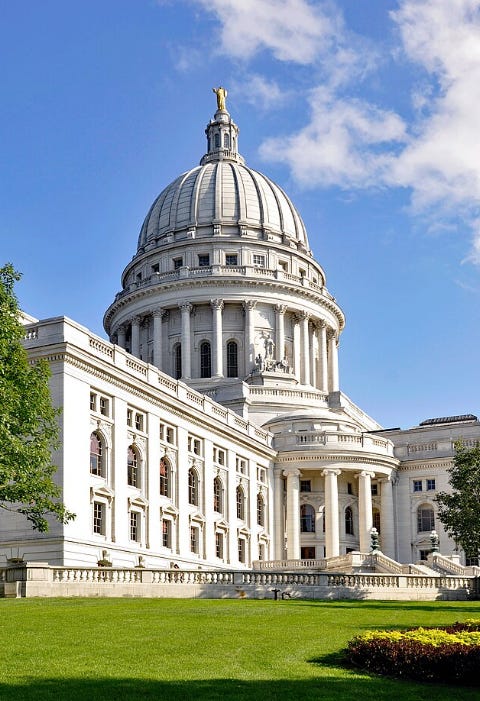
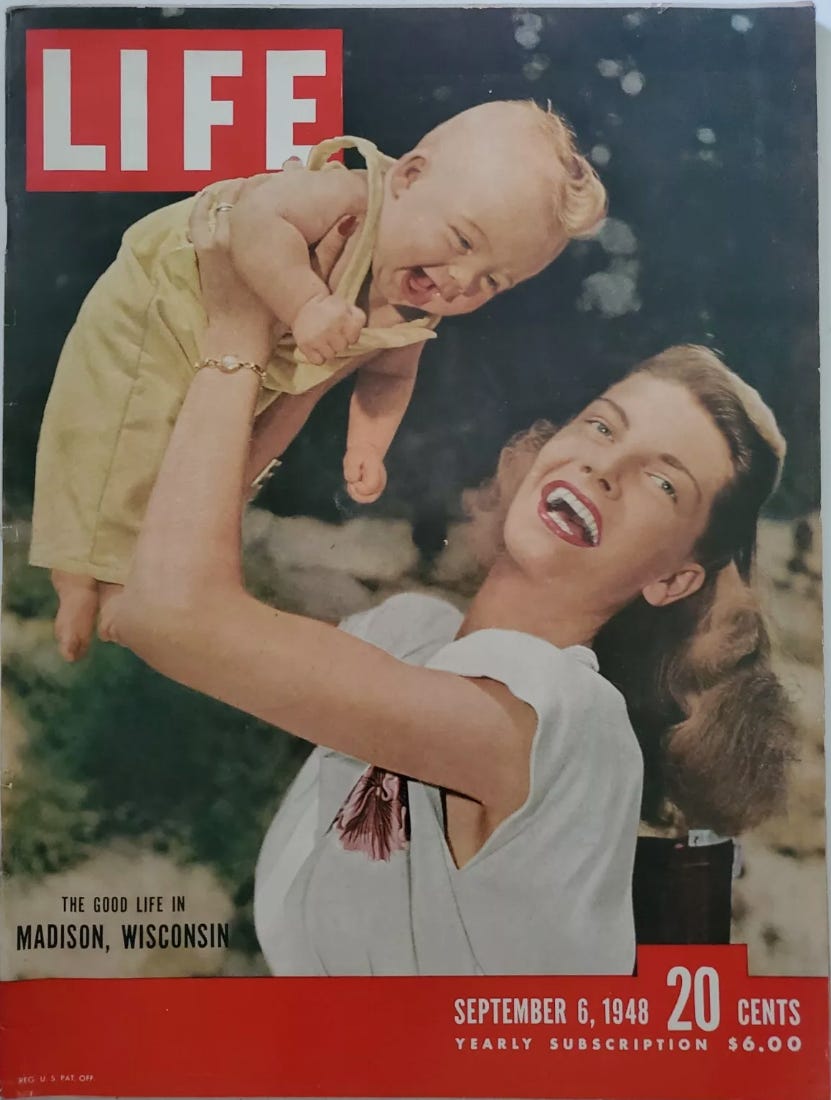
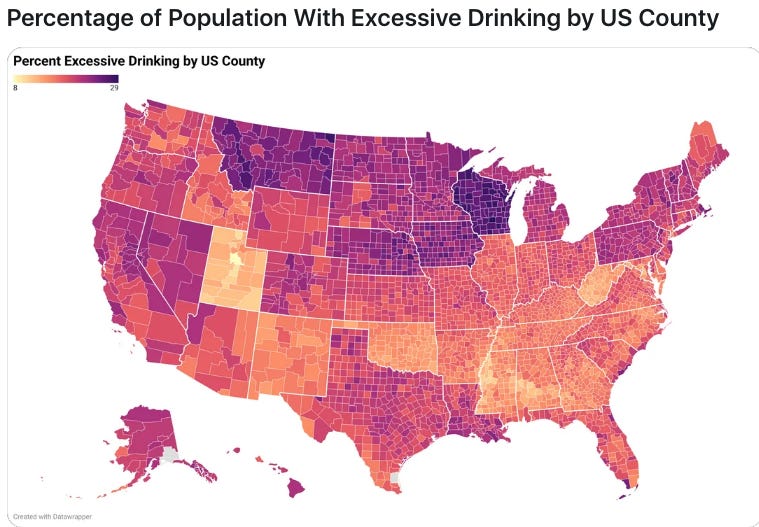
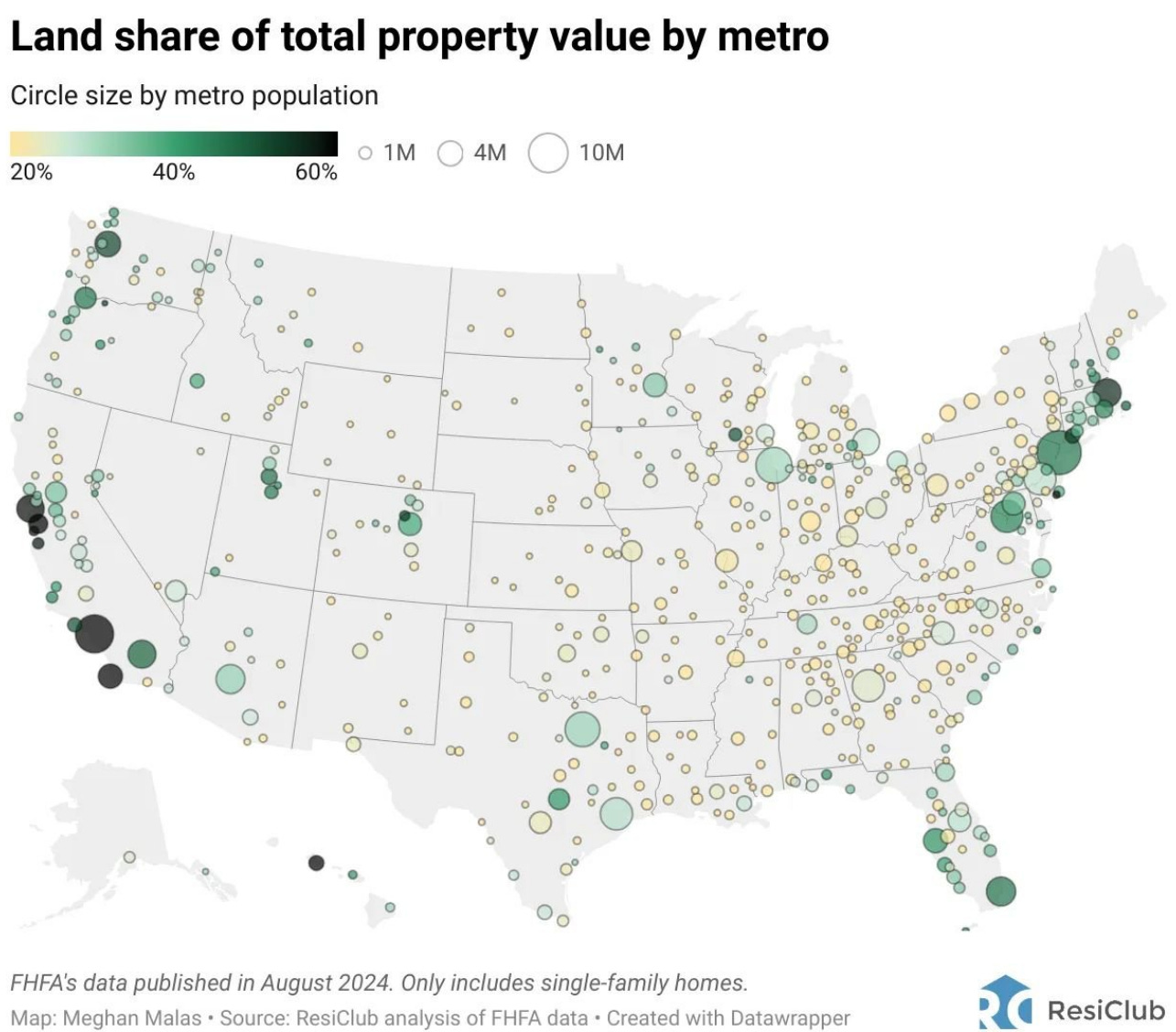
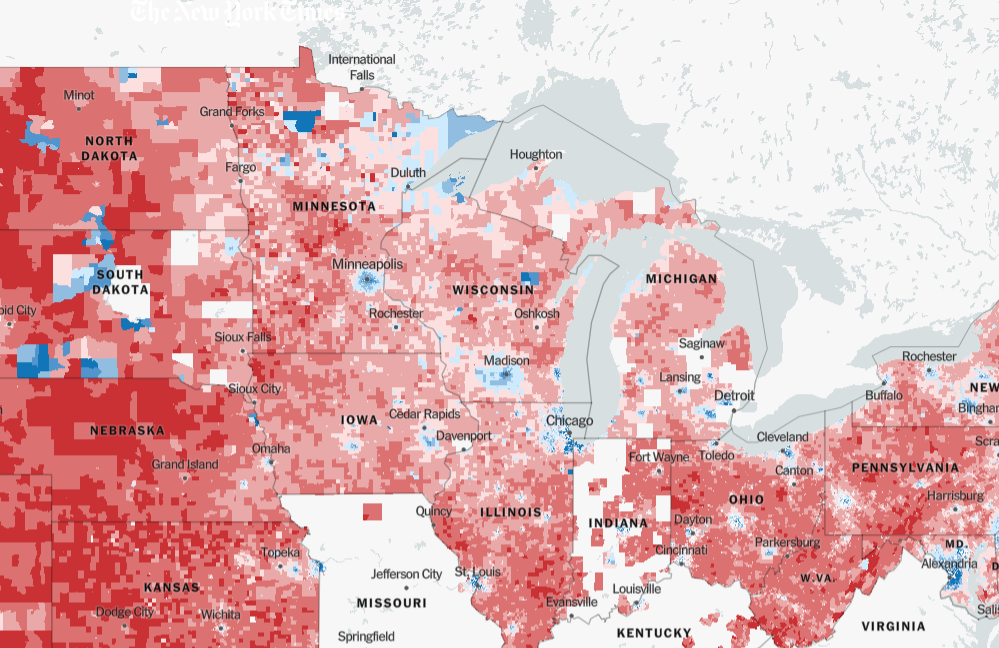





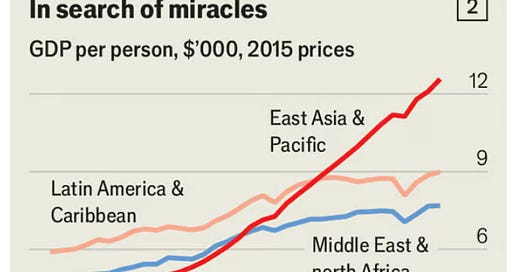





I’ve been to Wisconsin once in my life. It was for a wedding. The day before the wedding, my wife and I had time to explore Milwaukee. As we were walking around we saw that the Milwaukee School of Engineering had an art museum and my wife insisted that we go.
I don’t really care for art and would have much rather have gone to some breweries. However, we did go to the museum and it was the best museum experience I have ever had. We stayed, at my insistence, for hours looking at the paintings. For those that don’t know, the Grohmann Museum has a massive collection of works of art dedicated to workman, craftsmen, artisans, etc. literally just a tremendous amount of paintings of people at work in various trades over the centuries.
It was fascinating. I’ve never been more captivated by works of art before or since. Even more so by the fact l had no idea that morning that I was going to experience something like that.
I’d always thought of art as being mostly portraits of royalty, religious scenes, or abstract images. None of those really appeal to me. A large collection of paintings about everyday people at work completely drew me in.
If I never end up going back to Wisconsin, I’ll always associate it with that one trip to the museum. I hope to make it back sometime and I recommend it to anyone who enjoys art and especially to those who don’t.
You blabber about Madison being progressive, without ever defining what you mean by progressive. It's not a deeply profound insight to notice that cities like Madison are wealthier than rural areas, but that wealth disparity has nothing to do with being "progressive"
1. People who live in small towns are generally blue collar workers who enjoy the quiet life of farming; capital inputs are cheaper, and wages are cheaper.
2. Not everyone can work a cozy desk job in the city. The farmers you hate and look down upon, and ridicule for not being 'progressive' ensure that you have food on your table. Likewise, the truck drivers you despise, many of whom vote for Trump, ensure that each day stores are restocked, so that you can sit behind your cozy desk writing on your blog, critiizing them for not being 'progressive'.
3. California is not that wealthy anymore -- it has high debt, high crime, and has seen a mass exodus of businesses; 90% of New York based venture capital firms -- i work fo one -- have told entreprenuers that they will no longer invest unless they incorporate in Austin or Houston. This is why most tech conferences are now held in Texas. The reason California used to be successful was because of Hollywood and Silicon Valley. Silicon Valley, because of Apple. It was Woz, not progressives, who single handedly, built that city. (Along with Jobs, the salesmen, but let's face it: jobs couldn't code. he couldn't 'build' anything.)
4. Massachusetts remains relevant, not because of "progressivism" which you cannot even define, but rather because two of the worlds leading institutions, MIT and Harvard, neither of which you attended nor worked for, have made it easy for companies to develop strong research and development departments nearby.